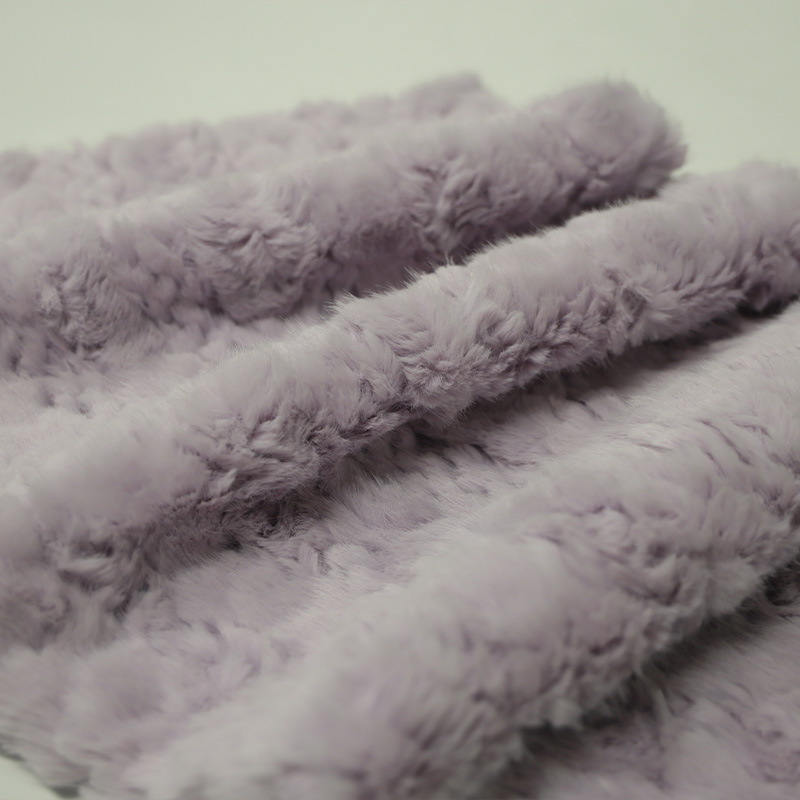











In the vast landscape of fashion, materials play a pivotal role in shaping trends, defining aesthetics, and meeting the demands of diverse consumer groups. Among the myriad of fabrics and textures, faux marten fur has emerged as a significant player, particularly in recent years due to its unique blend of style and ethical considerations. This article delves into a comprehensive analysis of the advantages and challenges associated with faux marten fur in the fashion industry.

Advantages of Faux Marten Fur
Ethical Appeal: One of the most prominent advantages of faux marten fur is its ethical standing. Unlike genuine marten fur, which often involves the harvesting of fur from wild animals, faux fur is a synthetic material that does not require the exploitation of animal resources. This aligns with the growing consumer trend towards ethical fashion, where consumers are increasingly conscious of the impact their purchases have on animals and the environment.
Versatility and Design Options: Faux marten fur offers a wide range of design possibilities. Manufacturers can create various textures, colors, and lengths to cater to diverse fashion preferences. This versatility allows designers to incorporate faux marten fur into a multitude of styles, from cozy winter jackets to chic accessories, making it a versatile option for numerous fashion applications.
Cost-Effectiveness: Generally, faux marten fur is more affordable than genuine marten fur. This cost-effectiveness makes it accessible to a broader consumer base, allowing individuals from various socio-economic backgrounds to embrace the look and feel of marten fur without the associated high price tag.
Ease of Care: Faux fur is generally easier to clean and maintain than genuine fur. It can often be washed by hand or machine, making it a practical choice for those who prioritize convenience and ease of care.
Challenges of Faux Marten Fur
Quality Variation: One of the primary challenges of faux marten fur is the variability in quality among different manufacturers. Some faux fur products may not be as durable or realistic in appearance as genuine fur, leading to consumer dissatisfaction. This quality inconsistency can also make it difficult for consumers to make informed purchasing decisions.
Perception and Prestige: Genuine fur often carries a certain prestige and cachet, particularly in high-end fashion circles. Faux fur, despite its advancements in realism and quality, may still struggle to overcome perceptions of being a lesser alternative. This can limit its appeal in certain market segments, particularly those that prioritize exclusivity and luxury.
Environmental Impact of Production: While faux fur eliminates the need for animal exploitation, the production process itself can have environmental implications. Synthetic materials often require significant energy and resources to produce, and the disposal of faux fur products can contribute to landfill waste. This underscores the need for ongoing innovation in sustainable materials and production practices.
Durability and Wear and Tear: Although faux fur can be durable, it may not always match the longevity of genuine fur, particularly under heavy use or exposure to harsh conditions. Consumers need to be mindful of this and take appropriate care to extend the lifespan of their faux fur garments.
Conclusion
In summary, faux marten fur presents a compelling array of advantages in the fashion industry, including ethical appeal, versatility, cost-effectiveness, and ease of care. However, it also faces challenges such as quality variation, perception issues, environmental impact, and durability concerns. As the fashion industry continues to evolve, it will be crucial for manufacturers and designers to address these challenges while leveraging the advantages of faux marten fur to create innovative and ethical fashion solutions that resonate with consumers. Ultimately, the success of faux marten fur in fashion will hinge on its ability to strike a balance between aesthetics, ethics, and practicality.